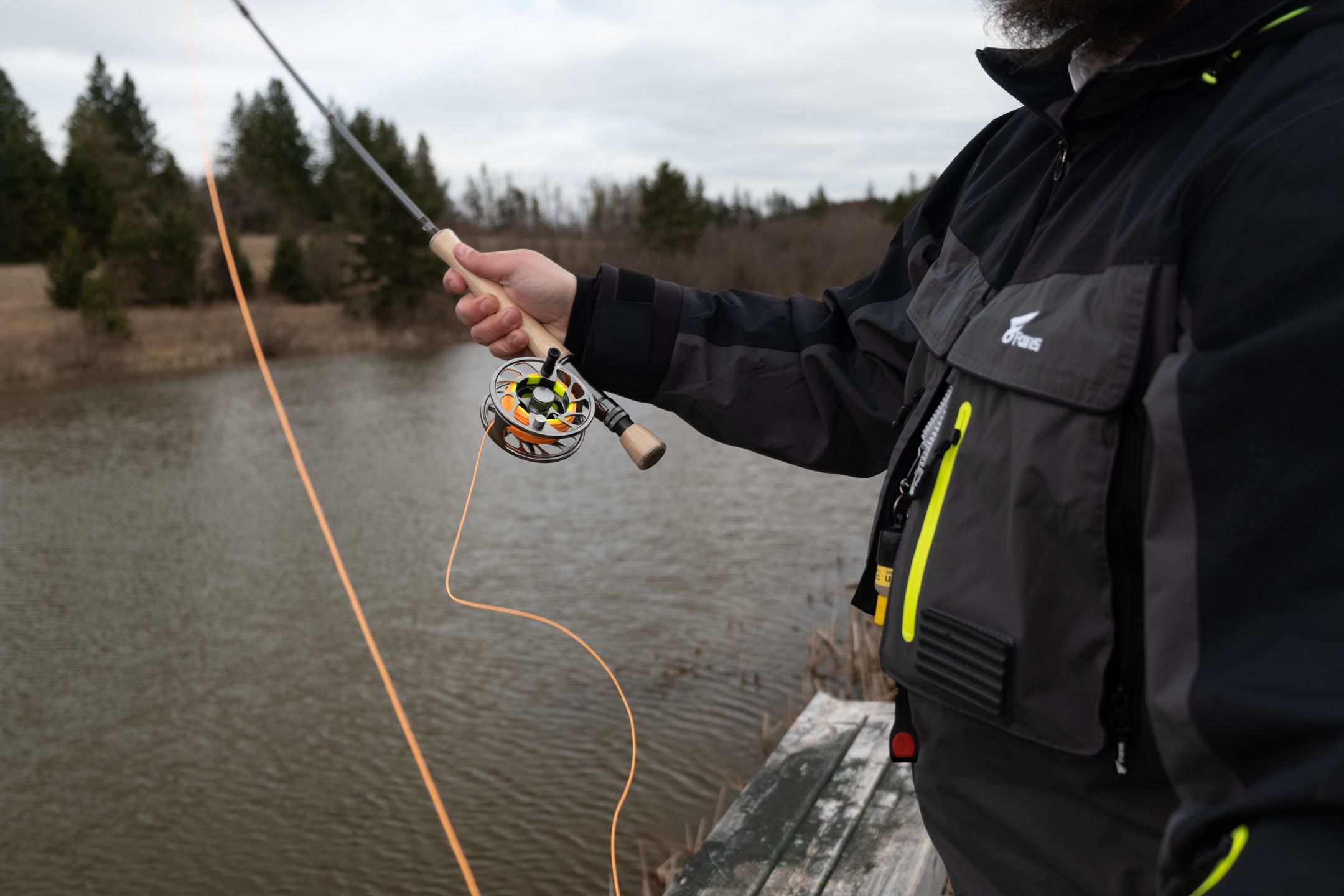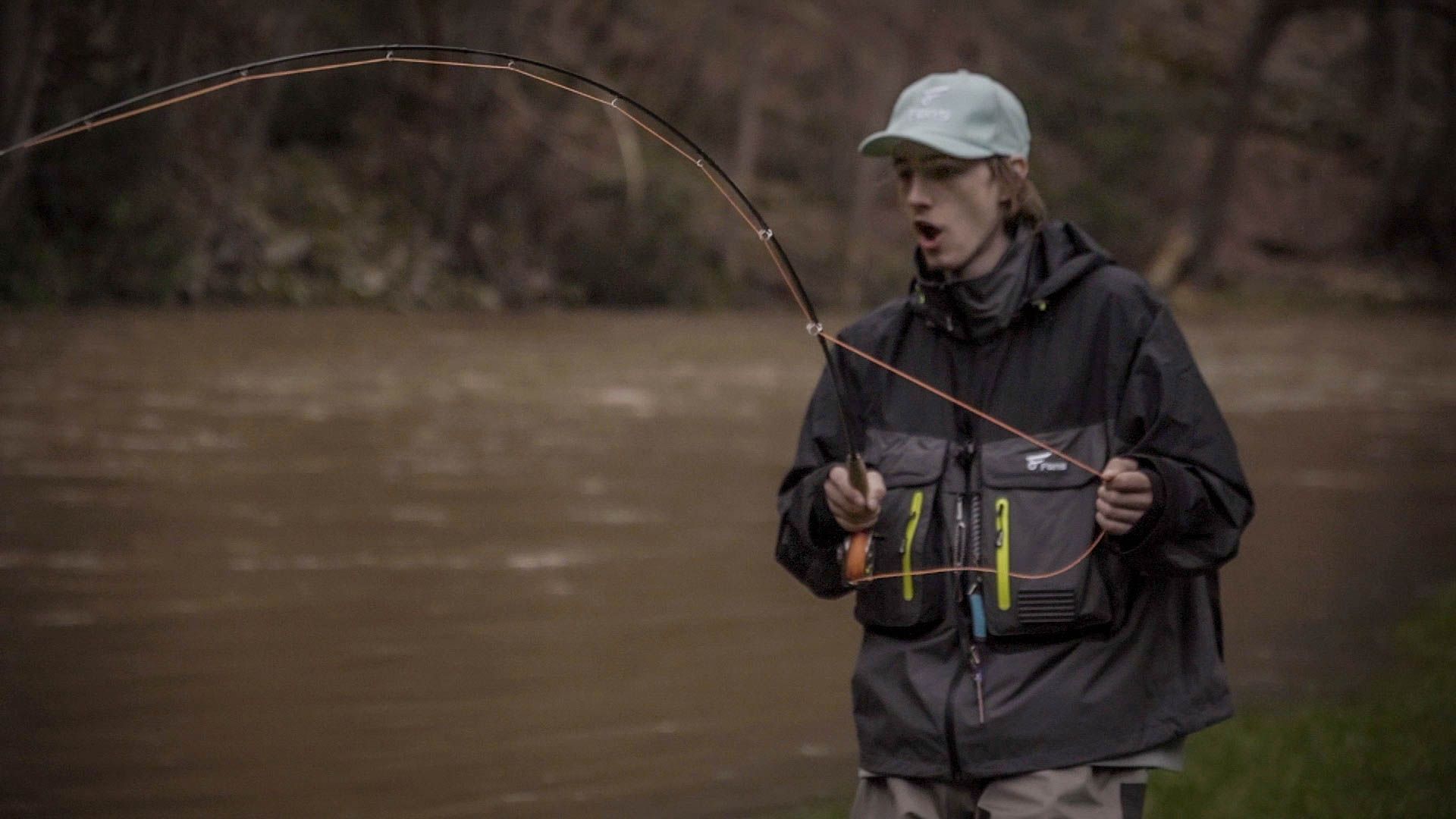
Top 10 Fly Fishing Tips from Expert Anglers !
Fly fishing is an art that combines patience, skill, and a deep understanding of nature. Whether you’re a beginner or a seasoned angler, there’s always something new to learn. Here are the top 10 fly fishing tips from expert anglers to help you improve your technique and increase your chances of a successful catch.
1. Understand Your Environment
Before you cast your line, take the time to study the water. Observe the currents, the insects buzzing around, and the behavior of the fish. Understanding the environment will help you choose the right fly and strategy.
2. Choose the Right Fly
Match your fly to the local insect population. The saying “match the hatch” means selecting a fly that mimics the size, color, and type of insects currently on the water. This significantly increases your chances of attracting fish.
3. Perfect Your Casting Technique
A smooth, accurate cast is crucial. Practice your casting regularly, focusing on the timing and motion of your rod. Remember, it’s more about finesse than force. Aim for a gentle presentation that won’t spook the fish.
4. Mind Your Shadow and Silhouette
Fish are easily startled by shadows and sudden movements. Position yourself so that your shadow doesn’t fall over the water where you’re fishing. Move slowly and deliberately to avoid scaring the fish.
5. Use the Right Gear
Invest in quality gear that suits your fishing environment. This includes a well-balanced rod, a reliable reel, and a sturdy line. Consider factors like the type of water, the species of fish, and your personal comfort.
6. Practice Stealth and Patience
Approach the water quietly and minimize disturbances. Wear muted clothing that blends with the surroundings. Patience is key; sometimes the best approach is to wait and watch before making your move.
7. Learn to Read the Water
Understanding how fish behave in different water conditions can make a huge difference. Look for spots where fish are likely to be feeding, such as riffles, pools, and undercut banks. Fish often gather in areas with ample food supply and shelter.
8. Keep Your Line Tight
Maintaining tension on your line helps you feel the subtle bites of fish. Keep your rod tip up and avoid slack in your line. This will improve your hook-set rate and help you react quickly to strikes.
9. Use Effective Knots
A secure knot can be the difference between landing a big catch and losing it. Learn and practice tying strong, reliable knots like the improved clinch knot, the loop knot, and the nail knot. These will ensure your fly stays attached during the battle.
10. Stay Adaptable
Conditions on the water can change rapidly. Be ready to switch flies, adjust your casting technique, or move to a different spot if needed. Flexibility and willingness to adapt are traits of successful fly anglers.
By incorporating these expert tips into your fly fishing routine, you’ll enhance your skills and increase your chances of a rewarding day on the water. Remember, fly fishing is as much about enjoying the experience and connecting with nature as it is about catching fish. Happy fishing!
For the best gear to accompany your fly fishing adventures, check out 8Fans fly fishing combo. Our high-quality rods, reels, and lines are designed to help you make the most of every fishing trip.

